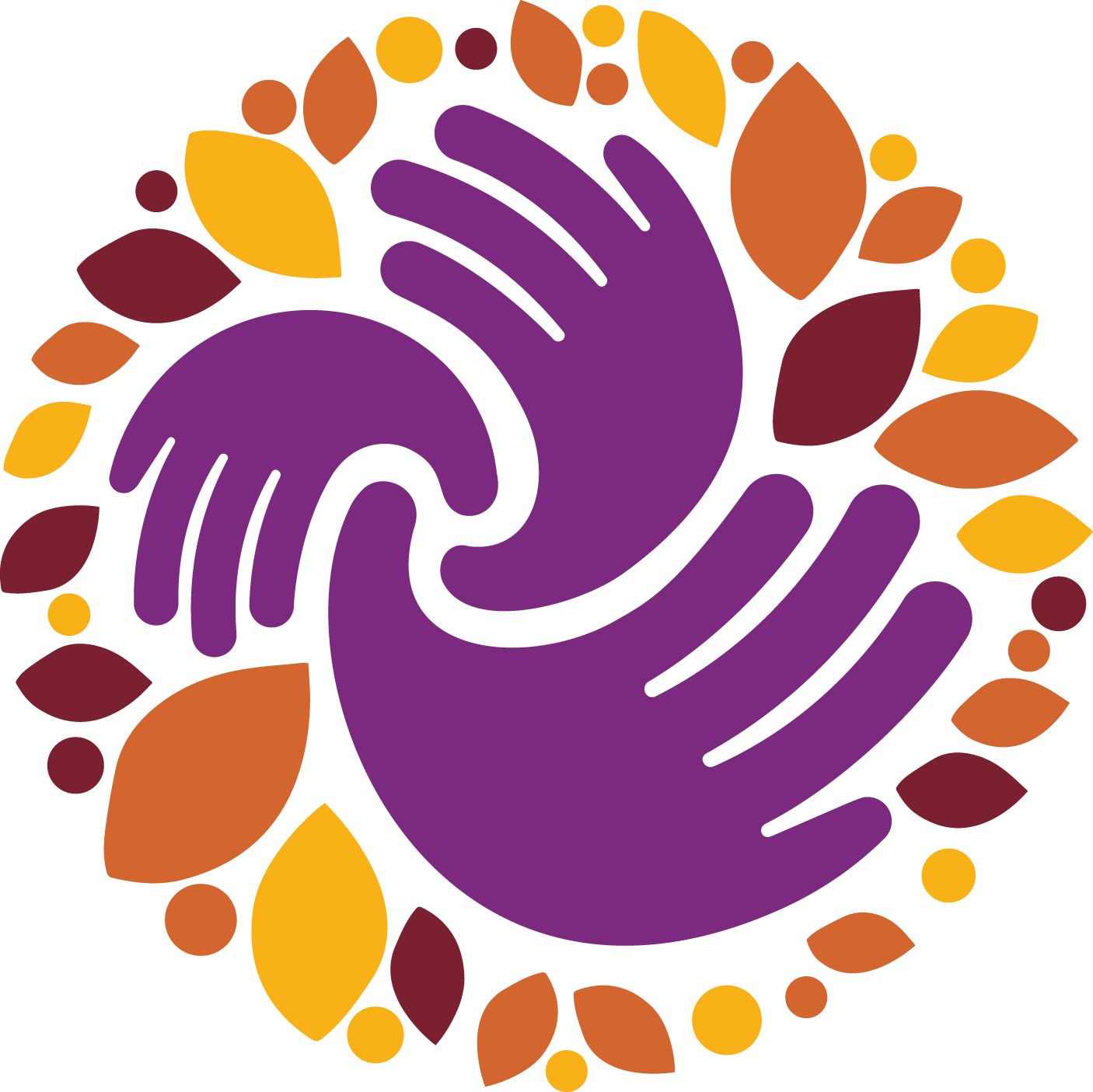Educator Resources
Below you will find toolkits, training, and lesson plans designed to help educators discuss CSEC related issues in their classrooms.
-
White Ribbon Lesson Plans
Lesson Plans to help educate your learners about Trafficking and Exploitation.
-
Canadian Centre for Child Protection
Kids in the know, education for students to keep them safe by spotting red flags, setting healthy boundaries, and more.
-
Draw the Line
Creative ways to get the conversation started about sexual violence.
-
Understanding the Sexual Exploitation of Youth: An Introduction
Understanding the Sexual Exploitation of Youth provides an introduction to the issue of the sexual exploitation/trafficking of children and youth. The information in this module will help you:
Understand what sexual exploitation and human trafficking are.
Recognize the signs of sexual exploitation and human trafficking.
Offer support and options for the young person, without judgement.
-
HELP Toolkit
Identifying and Responding to Family Violence for Family Law Legal Advisers
-
Joy Smith Foundation - National Human Trafficking Education Centre
Here, you will find a variety of courses intended for different audiences including youth, parents, educators, social workers, front line responders, medical professionals and those working in the justice system.
-
Gender-Based Violence Teaching Network (Toolkit)
The Teaching About Gender-Based Violence Toolkit was developed by the Gender-Based Violence Teaching Network at the University of Windsor, led by Dr. Catherine Vanner, with financial support from the Social Sciences and Humanities Research Council of Canada.
It contains a set of lesson plans and teaching materials designed to support Grade 8–12 teachers with teaching about a variety of gender-based violence (GBV) issues while responding to the expectations of the Ontario curriculum.

